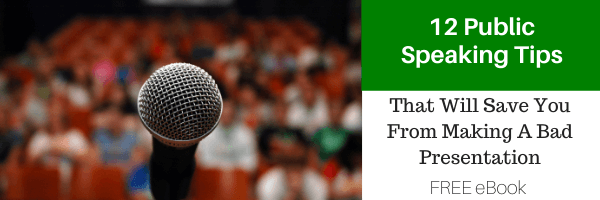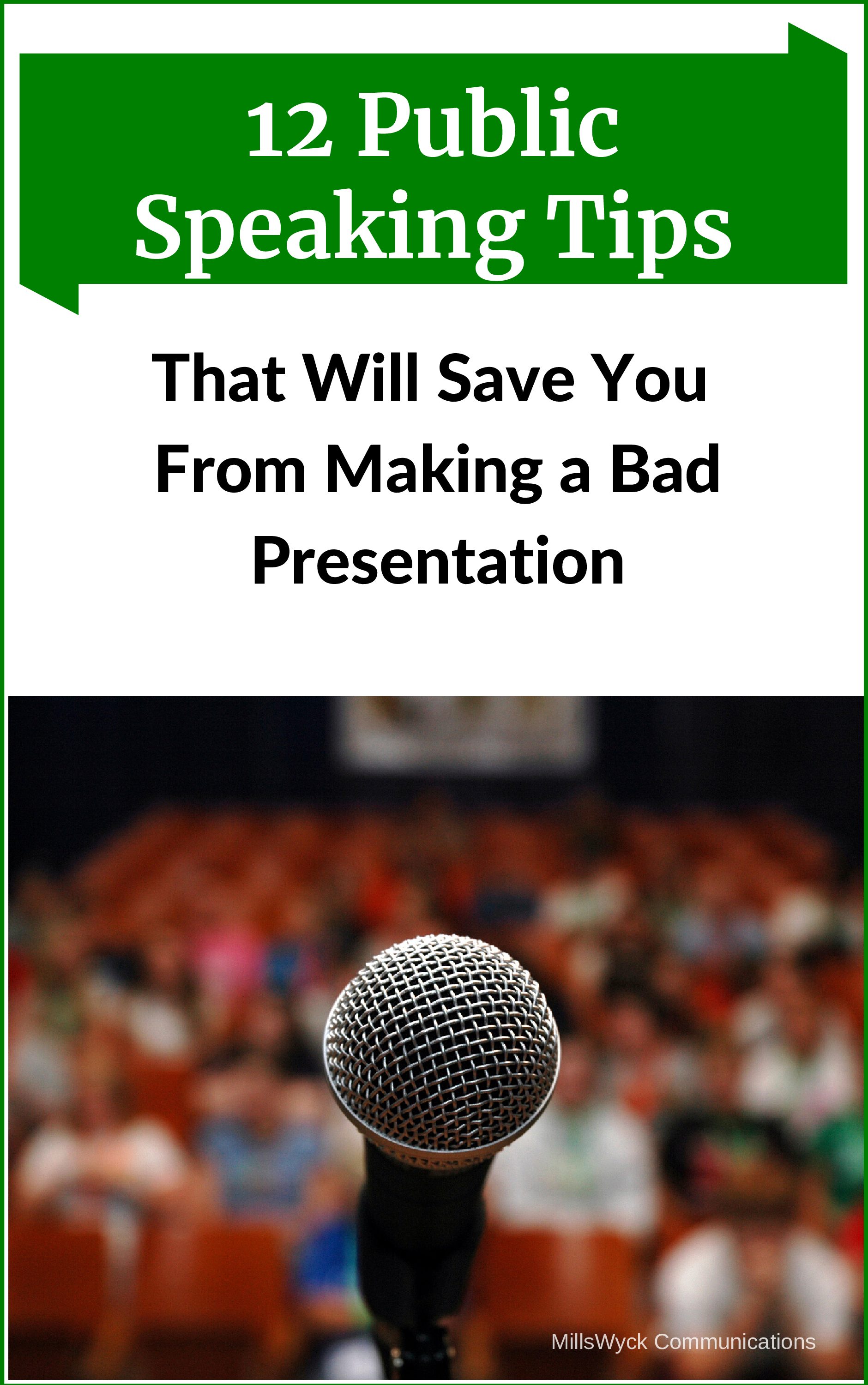This post could have dozens of examples tacked to it. It’s one of the most common things I see. And it’s an easy fix. That’s hard. :-)The phrase goes something like this: “What I want to tell you…” or “I just want to say…” I listened to a group of trainers today utter it dozens of times. They meant well. They were giving context. They were trying to spit out part of their copious knowledge with the hopes that maybe the learners would absorb some of it. But they were also ignoring their audience’s needs.Remember Rule #1! Who cares what we want to say? Instead say what the audience wants (needs) to hear. It’s a much better tactic. And it sounds better, too. It’s really not so much what we utter but what we think. If we’re thinking of the audience, such words will never be uttered.
Be audience-centric in your thinking. And speaking.



These comments are usually tools to place emphasis.The speaker is really saying “Here, I want you to have/remember this.”Yes, removing the “I”s probably help the listener to receive the emphasis.Tools like these may be more effective:”This is what you want to know.””You came here to learn this: …”
Scott:That’s absolutely the spirit we should have. Always focusing on what the audience needs. Unfortunately, all too often it’s people saying things that aren’t just rhetoric — they go on to give information that is clearly what THEY want to say, and not what the audience needs. And it may just be indicative of not focusing on that need. It comes out in our speech, it comes out in our content, and it may just be a sign that we should focus more on the listener.And sometimes we are unable, as listeners to tell which it is. Which is another problem.If we stay focused on the listener, it will come out — and be received — correctly.Alan